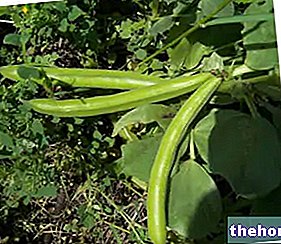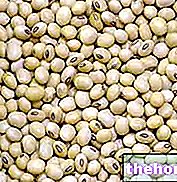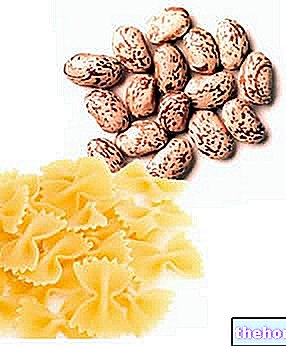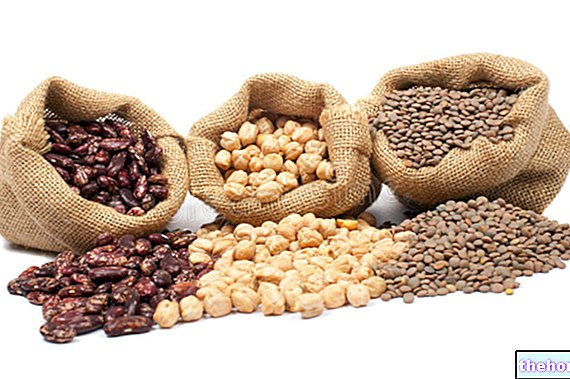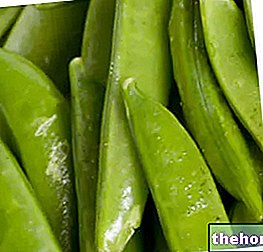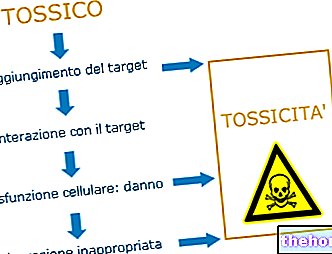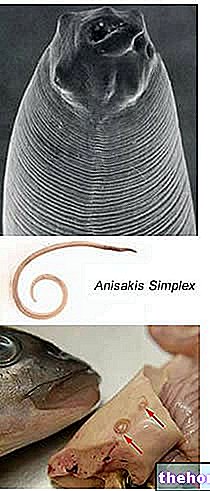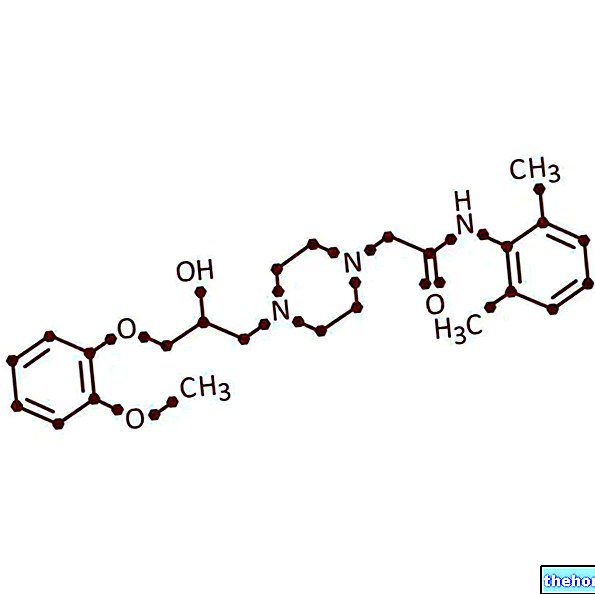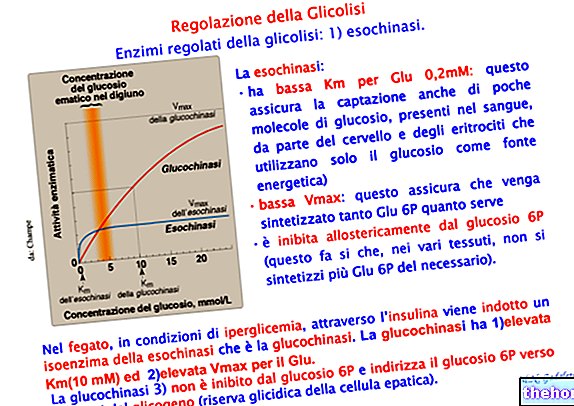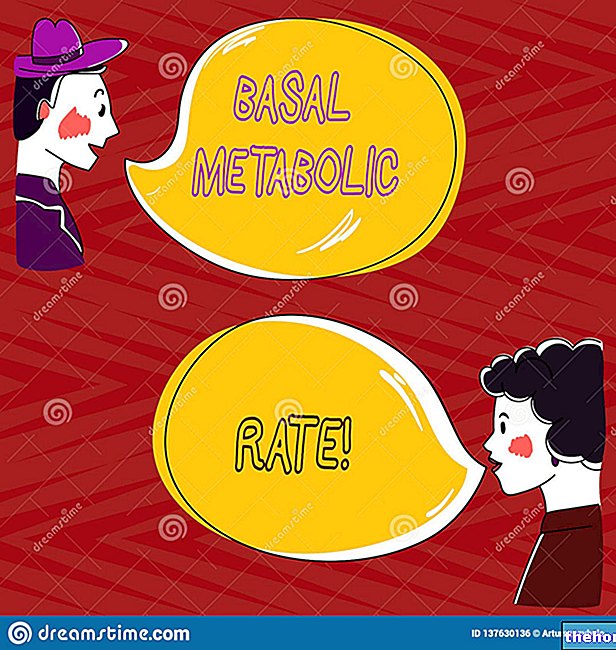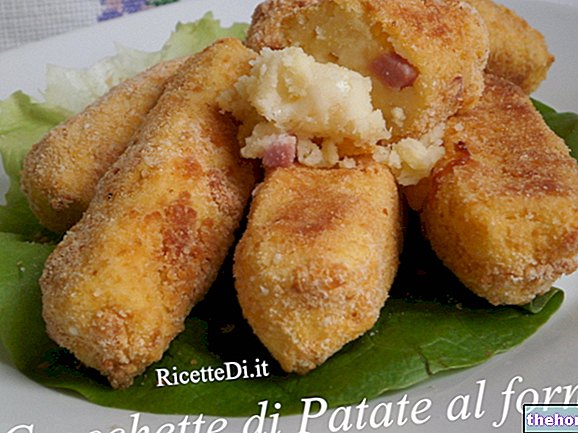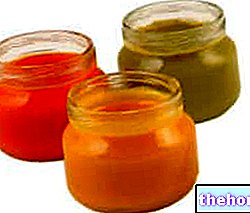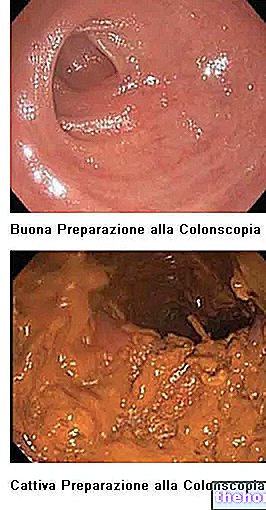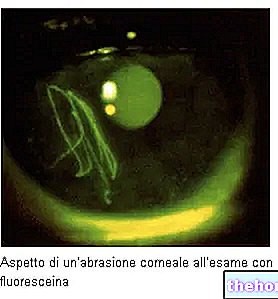Lentils
Lentils are the seeds of plants belonging to the Fabaceae (Leguminosae) family, Genus Lens, Species culinaris; therefore, its binomial nomenclature is Lens culinaris Medik.
There are many types of lentils, distinguished by the differences in morphology and pigmentation; the best known are brown, red (also hulled), green, blonde and pink.

Lentils are an annual herbaceous plant that reaches an average of 50cm in height (depending on the variety). It has straight twigs, not prostrate, with opposite and pinnate leaves; the flowers are white or blue and bloom between the spring and summer months. The whole fruit consists of the pod, inside which a couple of disc-shaped and rounded seeds are enclosed; the size and color of the lentil seeds varies, as we have already said, according to the variety.
Lentils can be found fresh, dried, frozen or in a jar (with preserving liquid); their consumption includes the whole form, pureed, pureed or in the form of flour. It is one of the very few legumes that, even when dried, does not require rehydration soaking; however, cooking must be done in cold water.
Lentils can be an excellent first course, a single dish (if accompanied with other foods), a side dish or the basis for some bread-making products or ethnic condiments.
Video Recipe: Lentils, how to cook them with low fat
Lentil flour
Lentil flour is the product obtained by grinding the ripe and dried seeds, but not shelled (therefore whole), of the plant Lens culinaris, green variety.
Lentil flour is mainly used in the formulation of liquid first courses, such as soups and creams. Furthermore, it is often mixed with gluten flours (especially wheat) for the production of baked foods (with sourdough or brewer's yeast); in this case, the proportion must always be in favor of the flour containing gluten, in order to allow the correct growth of the dough.
As for the other legume flours (or gluten-free cereals), the lentil one is also used between 5 and 30% compared to the main gluten. At 5% it improves both the physical and organoleptic properties of the food; on the other hand, at 30% it promotes the structuring of an extremely characteristic product, more compact, less leavened and which requires the use of particularly wheat flour. rich in gluten (eg. Manitoba). To be honest, lentil flour lends itself more to the production of lightly leavened foods, such as pan or stone bread, biscuits, crackers, etc., in which it could also make use of the " of chemical yeast.
Lentil flour is widely used in the formulation of totally vegetable doughs (for the vegan diet) such as, for example, seitan or wheat muscle.
Lentil flour has a fairly high energy intake, however lower than that of most cereals (on average, more than 10%). Calories are mainly provided by complex carbohydrates, or starch. Proteins are also abundant and have a fair (Medium) Biological Value; however, remember that, by combining them with those of cereals, these peptides can reach a high amino acid pool. Biological value Fatty acids are instead lacking.
Lentil flour provides excellent concentrations of fiber, both soluble and insoluble, and has no traces of cholesterol.
Being a so called product gluten-free, which does not contain gluten, lentil flour lends itself to the celiac's diet. Moreover, thanks to its typical chemical composition, it boasts a low glycemic index, therefore (in the right portions) it has the ability to stimulate insulin secretion little compared to many other foods of the same category.
As for the vitamin aspect, lentil flour contains considerable quantities of water-soluble molecules belonging to group B, especially the contributions of thiamine (vitamin B1) and niacin (vit. PP).
As for mineral salts, however, lentil flour contains excellent levels of potassium, iron, phosphorus, magnesium and selenium. For these characteristics, it is very suitable for the diet of athletes (for potassium and magnesium) and for subjects who tend to be anemic (for the iron content).
Lentil flour, in the form of soup, is also advisable in the diet of the obese, as it provides an extremely limited caloric intake; among other things, due to the high content of dietary fiber, it favors the improvement of glycemic parameters in diabetics (if in place of wheat derivatives), cholesterolemia and intestinal health (optimizing peristalsis and carrying out a prebiotic function).
The average portion of lentil flour is always to be evaluated in the specific dietary context.
Video Recipes with Lentil Flour
Alice, our personal coocker, suggests some very interesting video recipes to prepare also with lentil flour:
- Mopur
- Wheat Muscle
- Seitan
Vegetable Crepes with Seitan Ragout - Eggless Crepes
Problems with playing the video? Reload the video from youtube.
- Go to the Video Page
- Go to the Video Recipes Section
- Watch the video on youtube
Other Foods - Legumes Peanuts Chickpeas and Chickpea Flour Cicerchie Beans Azuki Beans Green Beans Broad Beans Falafel Chickpea Flour Bean Flour Bean Flour Lentil Flour Pea Flour Soy Flour Legumes Lentils Lupins Peas Soy Jackdaws Tempeh Tofu Yogurt ARTICLES Soy OTHER Categories Alcoholics Meat Cereals and derivatives Sweeteners Sweets Offal Fruit Dried fruit Milk and derivatives Legumes Oils and fats Fish and fishery products Salami Spices Vegetables Health recipes Appetizers Bread, Pizza and Brioche First courses Second courses Vegetables and Salads Sweets and Desserts Ice creams and sorbets Syrups, Liqueurs and grappas Basic Preparations ---- In the Kitchen with Leftovers Carnival Recipes Christmas Recipes Diet Recipes Light Recipes Women's Day, Mum, Dad Functional Recipes International Recipes Easter Recipes Recipes for Celiacs Recipes for Diabetics Recipes for Holidays Recipes for San Valentino Recipes for Vegetarians Recipes p roteiche Regional Recipes Vegan Recipes

